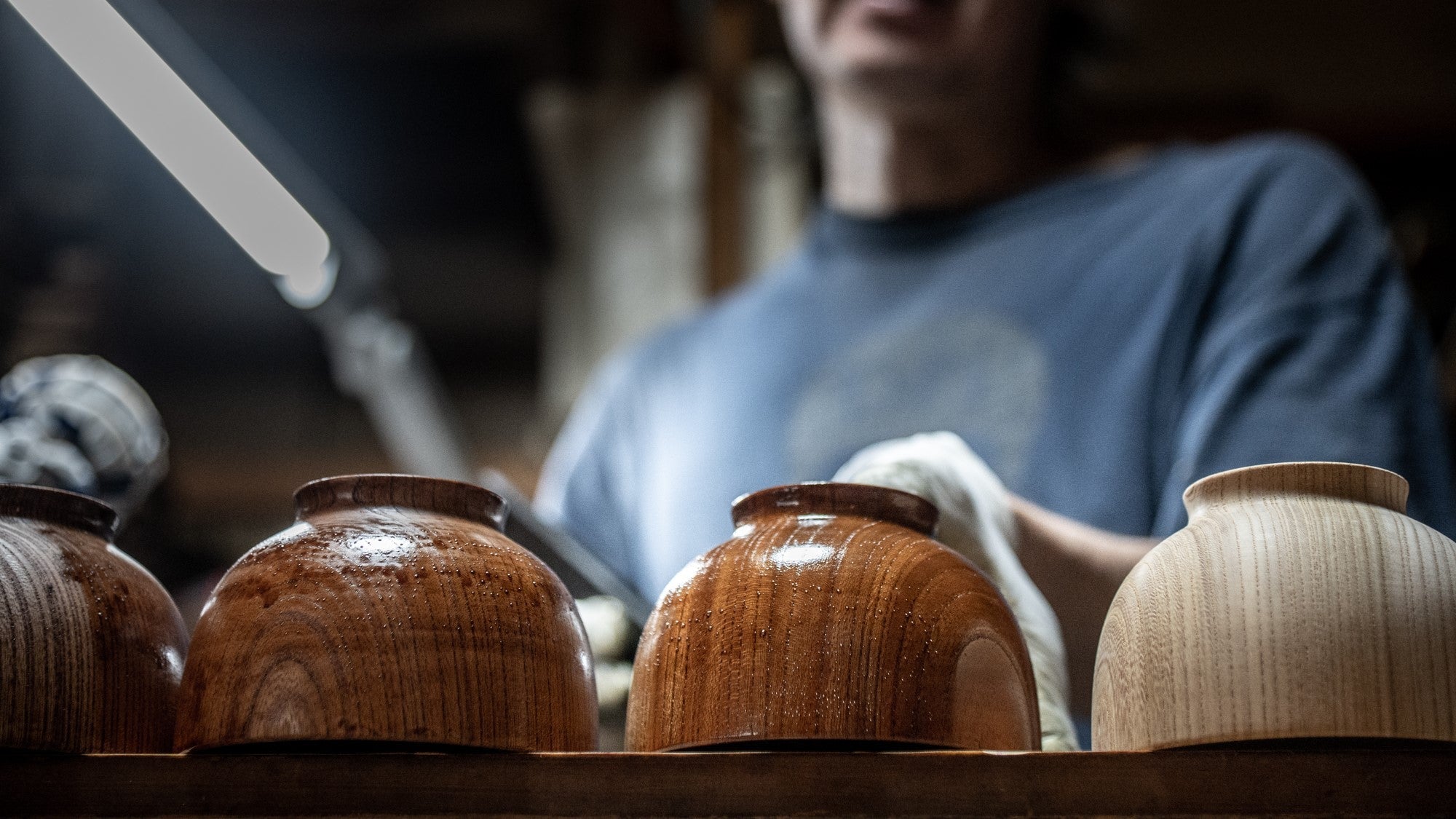
Lacquer craftsmen of Yamanaka
Written by Team MUSUBI
The process of lacquer coating is roughly divided into three different processes; base coating, middle coating and then applying the finishing coat.
The base coating works as the filler coat. Lacquer is brushed onto the wooden base and is allowed to infiltrate the wood. After letting it dry for two days, the same process is repeated several times. Polishing the lacquer in between coats gives the bowl a smoother texture and gives a delicate feel in the hands of the user. It takes a minimum of at least 15 days to finish making one bowl.


tables of contents
Yamanaka Lacquer Craftsman Mr. Ueda

The method of lacquer coating, distinctive of Yamanaka lacquerware is called “Fukiurushi (or Suriurushi). ” This method involves repeating the process of brushing raw lacquer and then wiping it off with paper. This method is used to let the lacquer fill into the fine wood grains of the bowl and accentuate its beauty. Mr. Ueda who specializes in this craft, is one of the best craftsmen among all the artisans in the Yamanaka area.
Although most of the craftsmen prefer to work sitting down, Mr. Ueda insists on standing while coating the lacquer. The manually spun wheel is his need-to-have tool. Many craftsmen use electrical spinning wheels, but according to Mr. Ueda, manually spun wheels are easier to stop and turn allowing for small adjustments to be made to the lacquer coating.

He also has his own rule about the paper and cloth he uses for smoothing out the surface and adding the finishing touch.
The paper he uses is from the adjoining prefecture of Fukui which has a thriving textile industry and the paper he uses is material used for bagging finished textile products. As this paper is moderately soft and does not produce much dust, it's suited for wiping the lacquer applied to the surface.


Product made by Mr. Ueda
Yamanaka Fukiurushi Craftsman Mr. Morimoto

Mr. Morimoto is a craftsman who applies the lacquer using the “Fukiurushi” method to “Itamono(Hiramono)” products like trays. When we went to interview him, his first words were “Not too long please because I’m quite busy,” but proceeded to give us a warm welcome with a congenial smile.
He applies lacquer to the wooden base with his brush and then wipes and spreads the lacquer across the surface. The repetition of polishing and coating is what magnifies the beauty of the wood grain and enhances the shine distinctive of lacquer.




Photo Gallery













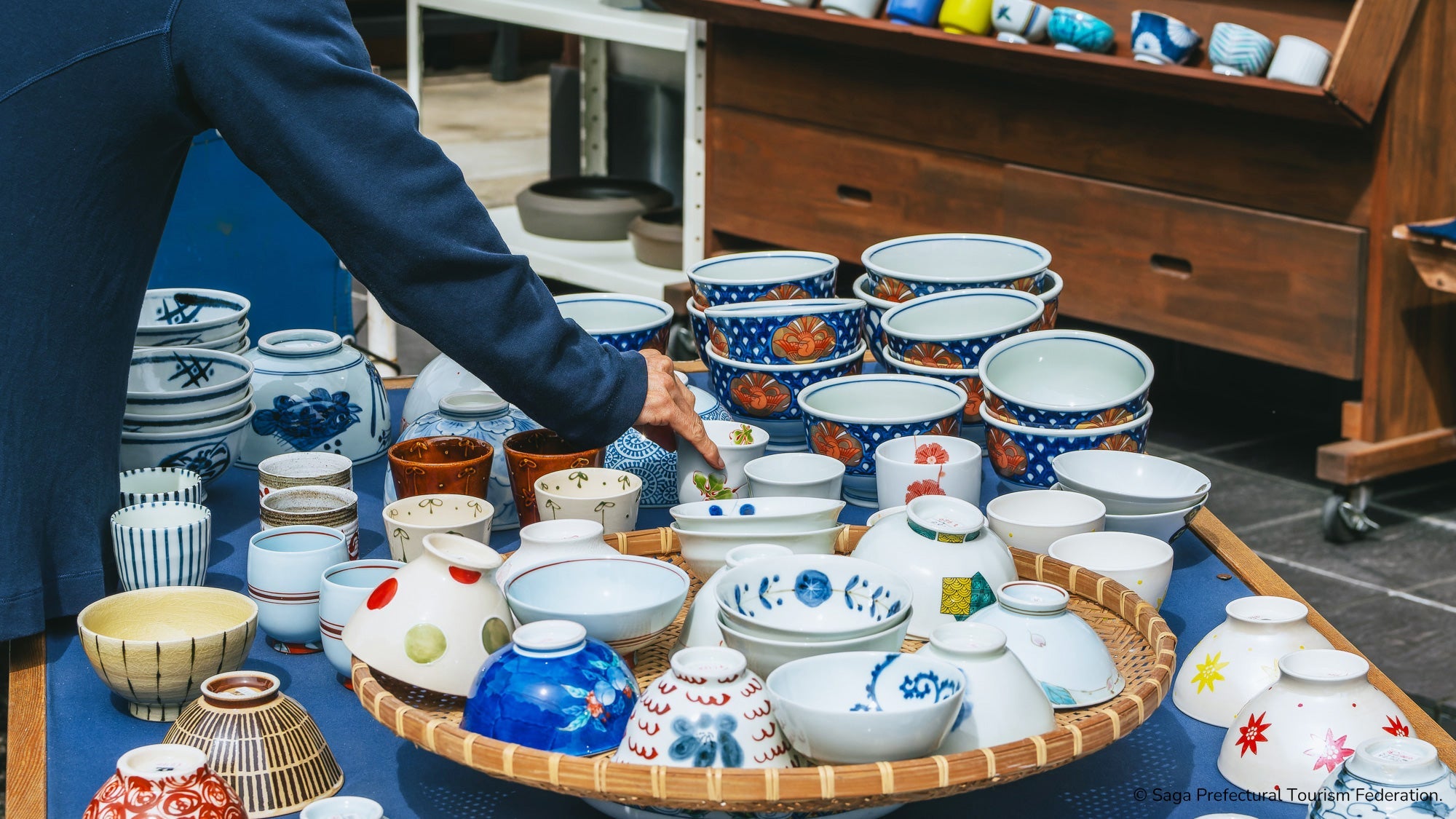
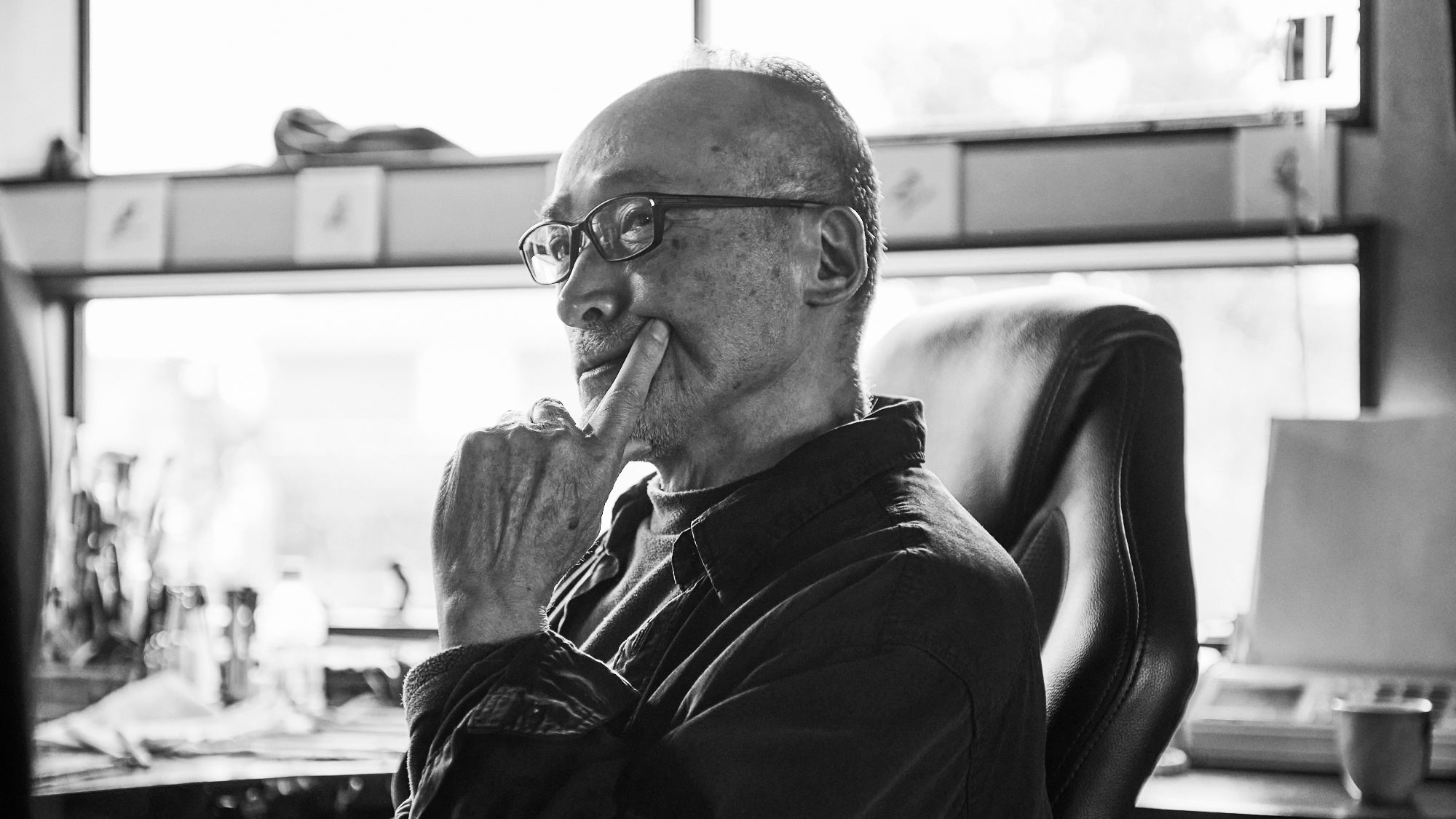

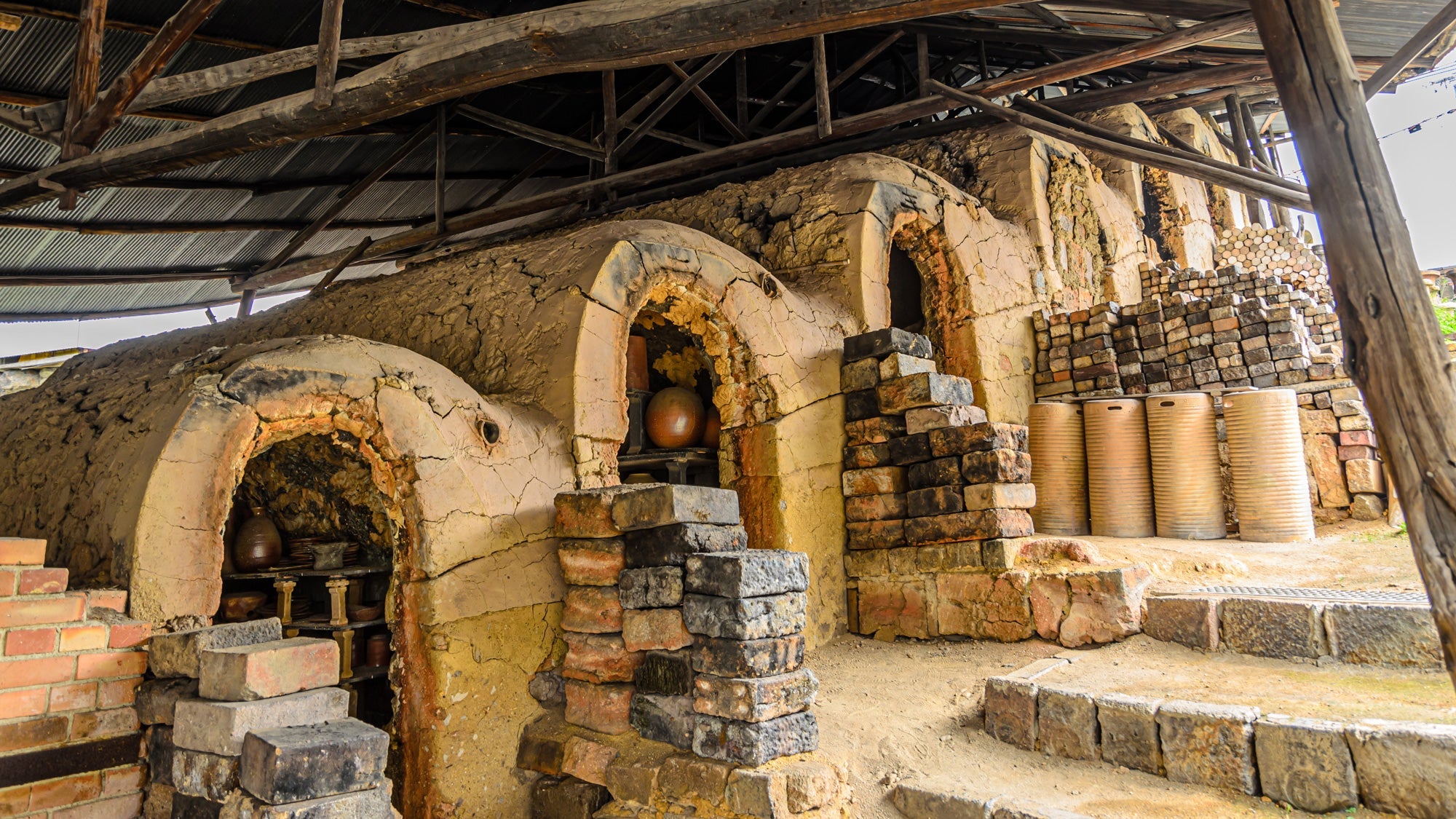
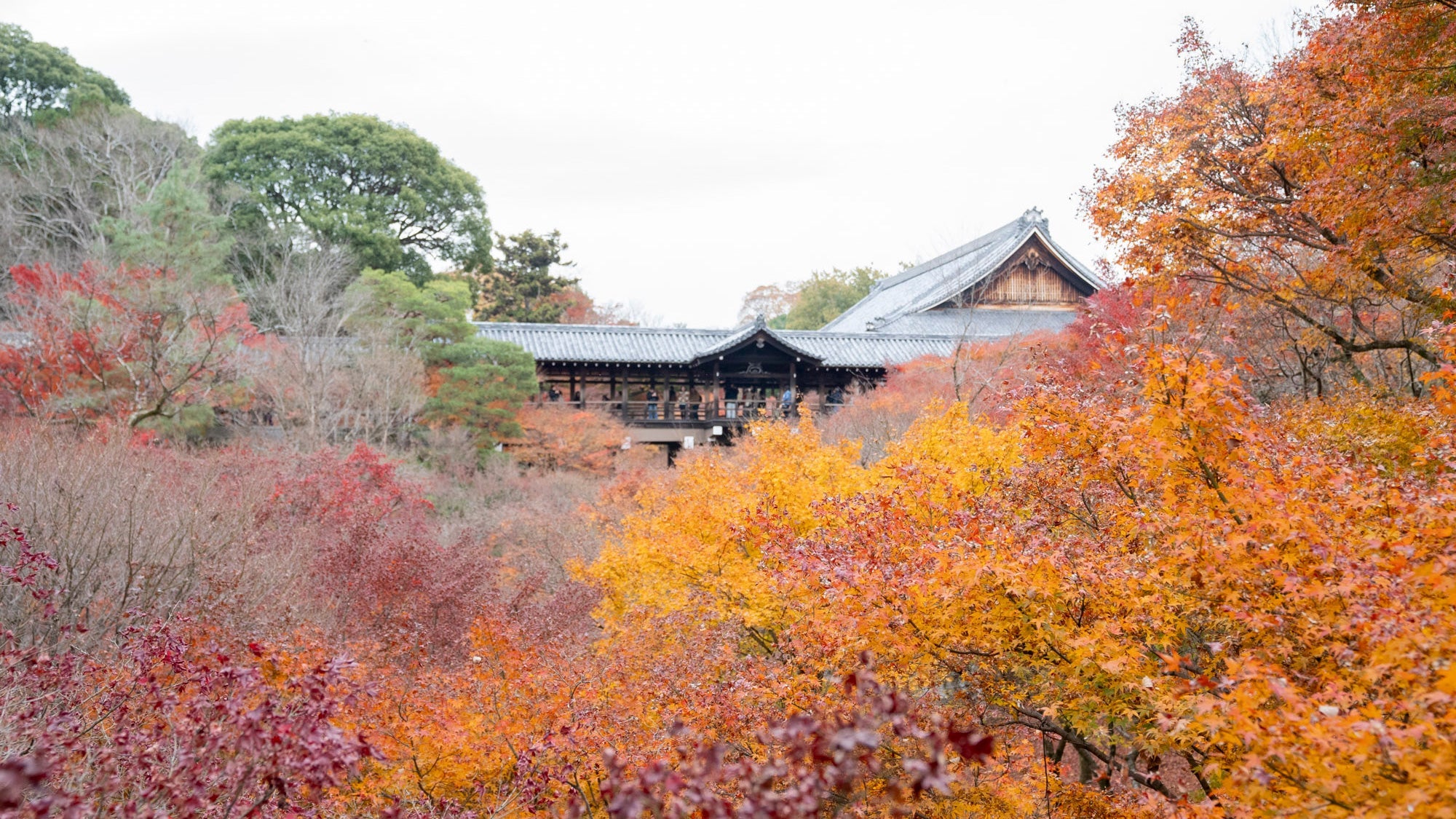
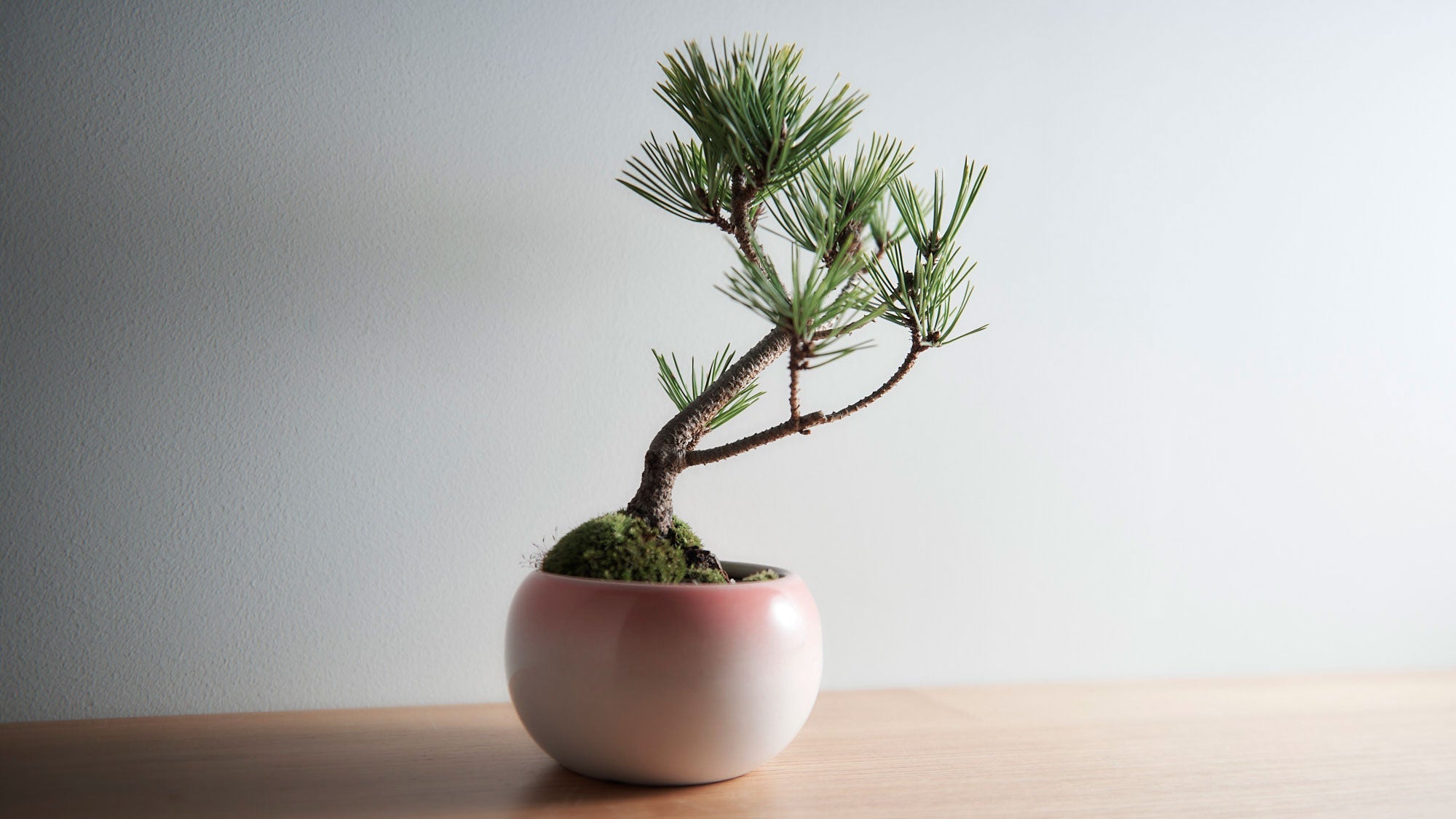
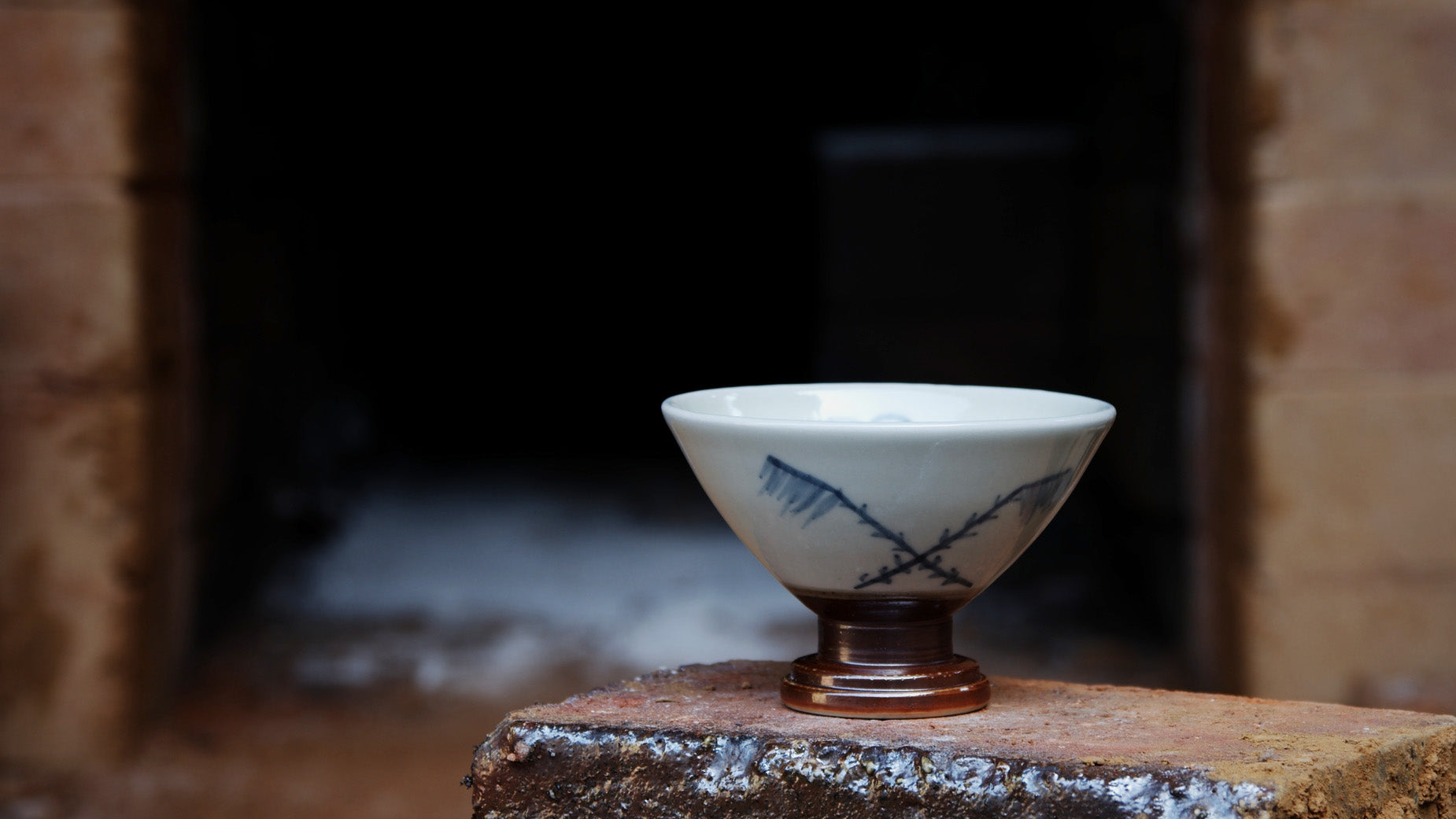
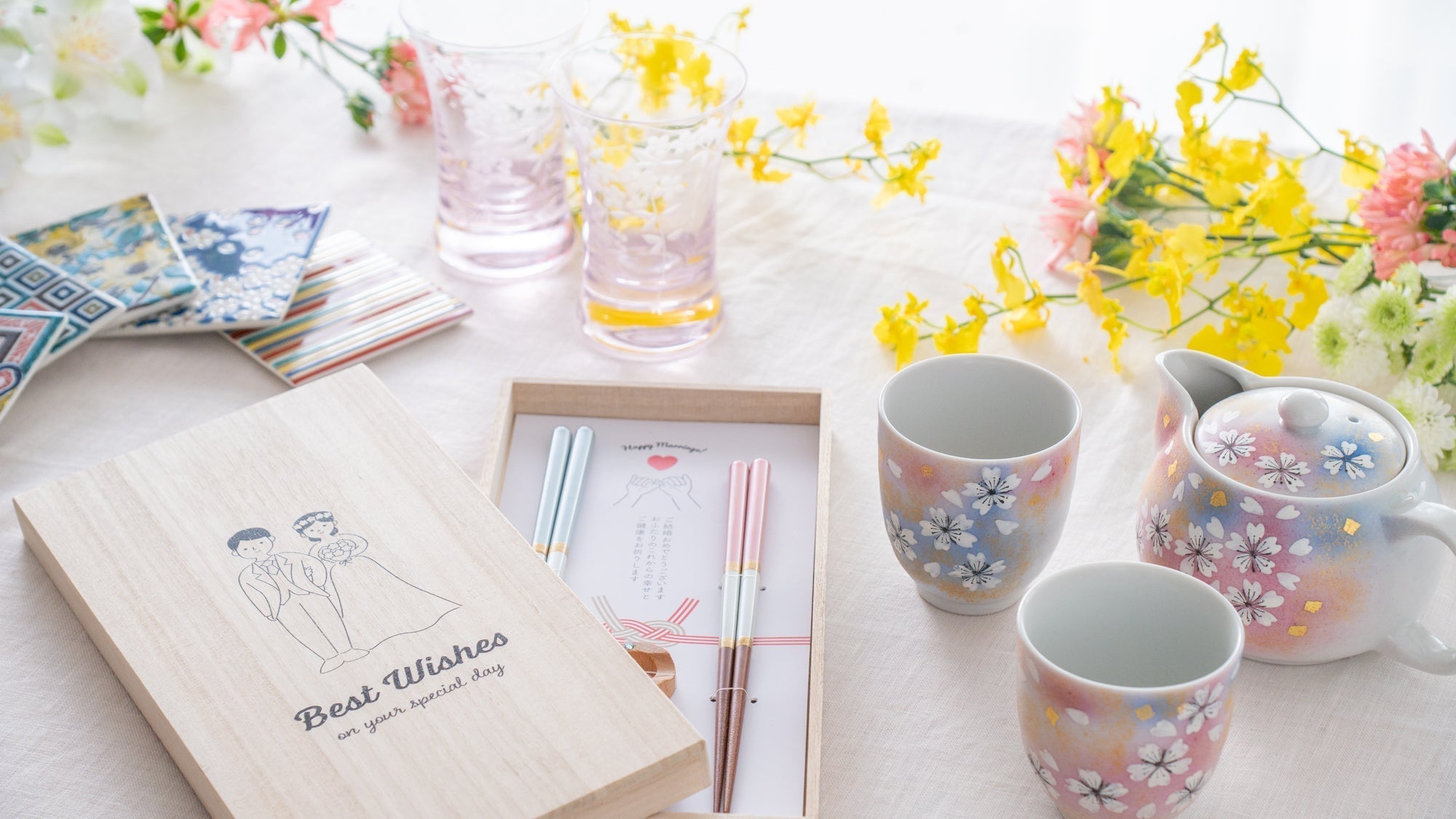
Leave a comment
This site is protected by hCaptcha and the hCaptcha Privacy Policy and Terms of Service apply.